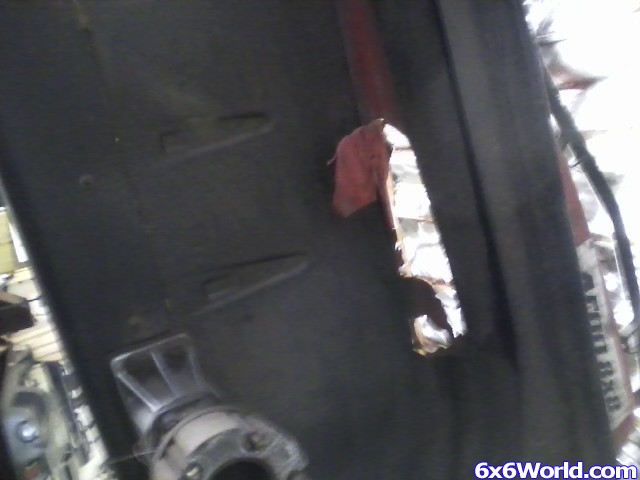First off, I am new to Argos so forgive my ignorance. My brain cannot understand the theory behind placing the smaller diameter wheels in the 4 corners, and placing the taller ones in the middle....and then adding more air pressure to the middle tires. Doing this, you are ensuring that there is no way the diameter will be close to the same.
I would think the most important factor would be having the same diameter on all wheels. Thinking on that line, my brain says to inflate them to 5 psi, measure, then increase air pressure until they all measure the same as the largest one. Then mount them so that the ones with the highest pressure are in the middle....which would actually be the smallest ones at the 5 psi measurement. So that would be totally backwards to what the manual says, and what most people say they are doing....but the diameter of all the wheels would be the same.
Can someone clear this up for me? Wouldn't the wheels being the same diameter be what we should be shooting for to control chain wind-up, wear and tear on the axles, bearing and sprockets?
Please help....my brain hurts from trying to figure this out!!
AkBillyBow
I would think the most important factor would be having the same diameter on all wheels. Thinking on that line, my brain says to inflate them to 5 psi, measure, then increase air pressure until they all measure the same as the largest one. Then mount them so that the ones with the highest pressure are in the middle....which would actually be the smallest ones at the 5 psi measurement. So that would be totally backwards to what the manual says, and what most people say they are doing....but the diameter of all the wheels would be the same.
Can someone clear this up for me? Wouldn't the wheels being the same diameter be what we should be shooting for to control chain wind-up, wear and tear on the axles, bearing and sprockets?
Please help....my brain hurts from trying to figure this out!!
AkBillyBow




Comment